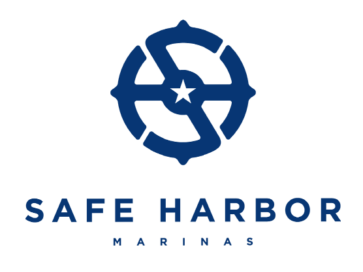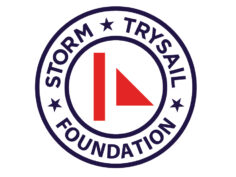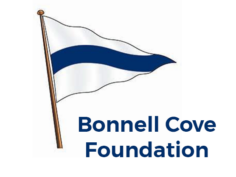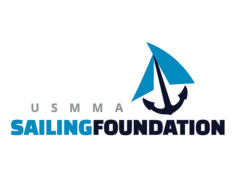The Concept
This concept applies to both the Leader and those led. Fear and panic are normal elements of emergency Leadership. The Leader must acknowledge when fear and panic are present and take steps to mitigate the impacts. To prevent fear from interfering with the crew responding effectively, the Leader must show confidence in the crew and proactively deal with the situation. If the Leader has adequately trained the crew and prepared the boat, then fear is less likely to contribute to a bad outcome. It is also important to keep people busy, rather than just being absorbed in their fear. The Leader must acknowledge their own emotions and be sensitive to the emotions of those being led. It is not appropriate to yell “Snap out of it!” to someone paralyzed by fear. Inherent in this is the ability to adapt to changing circumstances.
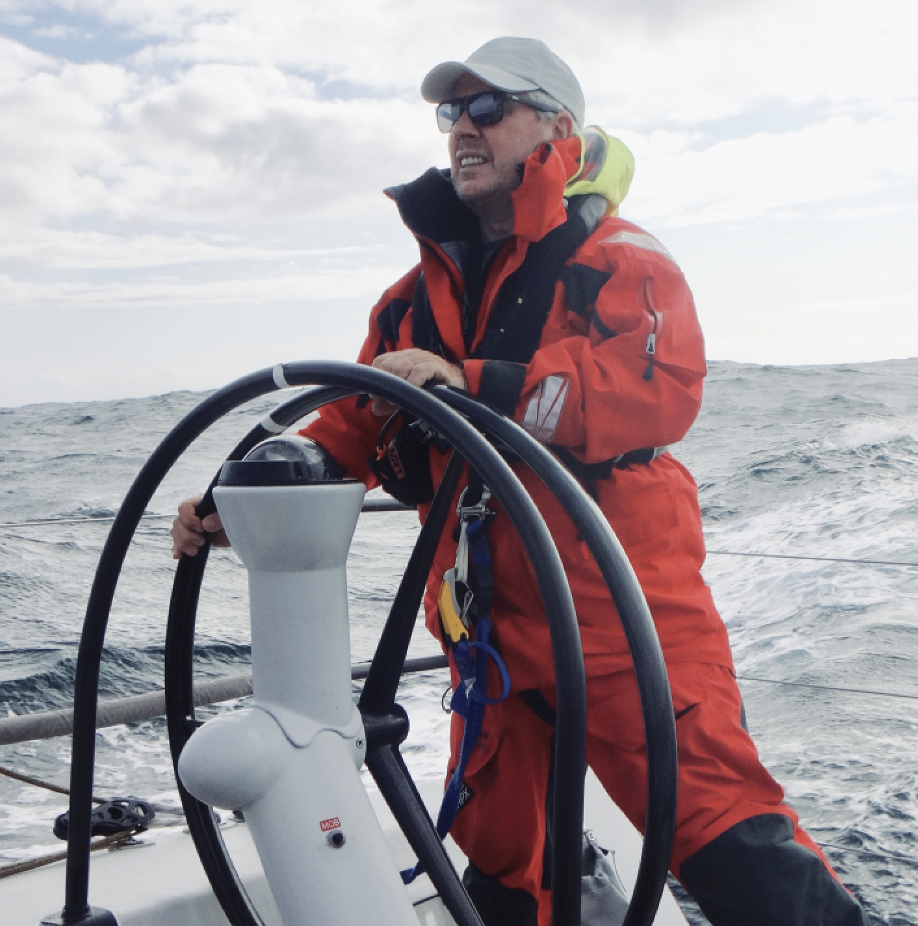
The Findings
“It is almost inevitable when sailing offshore that any number of emergencies will arise. Many Leadership qualities are necessary to safely complete each passage. But no aspect of a crew’s performance will present a more significant barrier to resolving the emergency than the inability to mitigate fear and panic when facing an emergency.” – Jack Cummiskey
Key Best Practices
- Stop. Think. Execute.
- Tackle critical items first; you cannot do all things at once.
- Watch people carefully
- Foster and enable Micro Leadership, calm group dynamics, heads down (and up) action - Awareness of focus on each individual crew member on their tasks
- Train for Emergencies: Sail the way you train; train the way you sail.
Things to avoid
- The Fearful Leader (the Leader exhibiting fear).
- Looking back; worrying about how you got into this situation.
- Losing Situational Awareness.
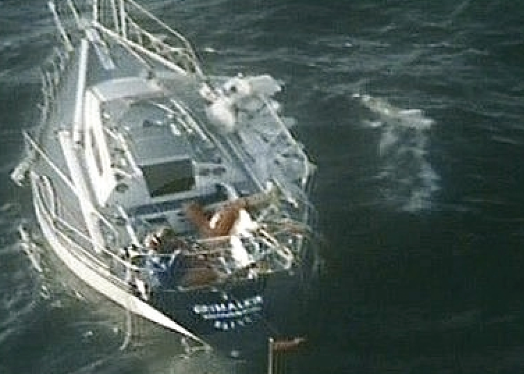
In the 1979 Fastnet Race, Grimalkin was rolled 360 degrees, lost its rig, and two crew were apparently killed. The Skipper and remaining crew panicked and abandoned ship into the life raft. They were ultimately rescued, only to find out that Grimalkin had stayed afloat, and one of the crew left behind was still alive. (Photo: note the surviving crew sitting aft in cockpit, and the deceased crew forward in cockpit.)
Recommended changes to improve Safety-at-Sea training and education
- Incorporate stories into SAS training.
- Teach the STOP. THINK. EXECUTE. mantra as a guiding principle.
- Teach micro Leadership, calm group dynamics, heads down (and up) action.
Panel Watch Bill (Group Members)
- Jack Cummiskey - Facilitator, STC
- Ariel Nechemia - Scribe, Oakcliff Sailing Center
- Peter Becker - STC, NYYC, American YC
- Kristen Donelan - RORC
- Scott Florio - STC, American YC
- Gary Forster - NYYC
- Walker Potts - STC, USMC
- Butch Ulmer - STC, NYYC, Larchmont YC
- Ron Weiss - STC, CCA , NYYC
Breakout Session Outputs:

